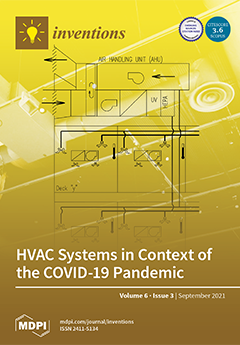Background: According to the renowned and Oscar award-winning American actor and film director Marlon Brando, “privacy is not something that I am merely entitled to, it is an absolute prerequisite.” Privacy threats and data breaches occur daily, and countries are mitigating the consequences
[...] Read more.
Background: According to the renowned and Oscar award-winning American actor and film director Marlon Brando, “privacy is not something that I am merely entitled to, it is an absolute prerequisite.” Privacy threats and data breaches occur daily, and countries are mitigating the consequences caused by privacy and data breaches. The Indian healthcare industry is one of the largest and rapidly developing industry. Overall, healthcare management is changing from disease-centric into patient-centric systems. Healthcare data analysis also plays a crucial role in healthcare management, and the privacy of patient records must receive equal attention.
Purpose: This paper mainly presents the utility and privacy factors of the Indian healthcare data and discusses the utility aspect and privacy problems concerning Indian healthcare systems. It defines policies that reform Indian healthcare systems. The case study of the NITI Aayog report is presented to explain how reformation occurs in Indian healthcare systems.
Findings: It is found that there have been numerous research studies conducted on Indian healthcare data across all dimensions; however, privacy problems in healthcare, specifically in India, are caused by prevalent complacency, culture, politics, budget limitations, large population, and existing infrastructures. This paper reviews the Indian healthcare system and the applications that drive it. Additionally, the paper also maps that how privacy issues are happening in every healthcare sector in India.
Originality/Value: To understand these factors and gain insights, understanding Indian healthcare systems first is crucial. To the best of our knowledge, we found no recent papers that thoroughly reviewed the Indian healthcare system and its privacy issues. The paper is original in terms of its overview of the healthcare system and privacy issues.
Social Implications: Privacy has been the most ignored part of the Indian healthcare system. With India being a country with a population of 130 billion, much healthcare data are generated every day. The chances of data breaches and other privacy violations on such sensitive data cannot be avoided as they cause severe concerns for individuals. This paper segregates the healthcare system’s advances and lists the privacy that needs to be addressed first.
Full article





